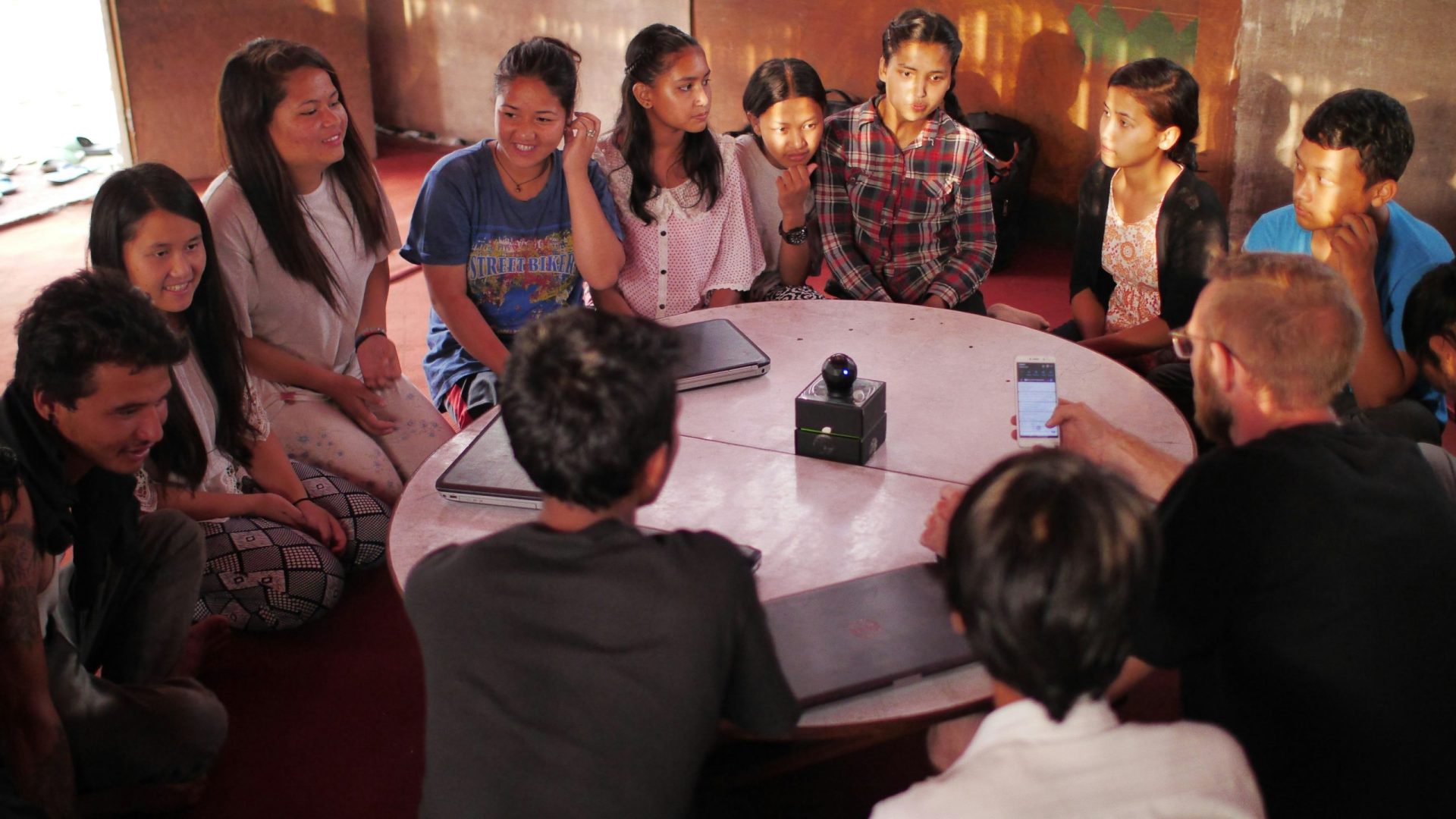As technology becomes more and more indispensable in the unfolding and shaping of daily social life, it is no surprise that strong mainstream worldviews have also begun influencing the technical aspects of technology production.
In the socio-political realm, for instance, bottom-up, top-heavy and highly-centralized systems were once the dominant worldviews by which public institutions managed their polities and private industries determined production and services. Today, there is a growing recognition that communities are not only discerning markets but capable publics too. This has affected the evolution of UX designing not just in terms of processes but in terms of paradigms.

The Dawn of UX Designing
User experience design or UX design as an industry grew from technological developments that made it possible and necessary to customize software and hardware features to suit customer needs. As more and more information-telecommunication technologies became available and accessible to the market, there became an increasing need not only to improve the physical attributes of products but to also enhance the industrial design, graphics quality, physical interaction, usability and overall human interaction with technology.
UX designing involves performing various steps and considering various possibilities to the functionalities of technology products to make them easier to use and utile for a range of personal and professional tasks. In cellular phones, for instance, the user interface includes the screen layout, button functionality, connectivity, customization options, and other services that will make the product more useful and enjoyable for users.
The Growth of Growing UX Design
UX designing was primarily user interface (UI) designing and it is understandable why these two terms have become almost synonymous and sometimes confused with one another. In fact, the term UI UX design is still widely used. However, UI designing is just a basic component of UX designing and the field has considerably grown. As the quality of user interface became a critical selling point aside from durability and price, UX designing also evolved from a profoundly-technical infrastructure creation, and began to incorporate branding and aesthetics into the use of virtual reality design, artificial intelligence, voice and face recognition, and other cutting- edge breakthroughs.
In many ways, UX design has become a profession dedicated to enhancing the overall consumer ‘experience’ with a product. It now requires and involves user research to determine client preferences and needs. Major UX design companies have embraced encompassing ideals of convenience, efficiency, identity, and leisure as benchmarks of an effective UX design.
From ’Me’ to ’Us’: Community-centered UX Designing
From then on, UX designing have only continued to grow. In the last few years, the “user-centered” mantra which dominated UX designing approaches and strategies is slowly becoming inadequate in addressing emergent concerns of a new market. UX research experts are now advocating a shift into a more “community-centered” paradigm in UX designing which would consider community-level issues and needs.
Don Norman, co-founder of the Nielsen Norman Group and director of the University of California Design Lab explains this community-centered perspective as a group-oriented, problem-solving approach where designers determined community problems as the basis for UX design. Norman explains that UX designers may facilitate and improve on existing community initiatives. “We don’t go in and tell people what their problems are and what the solutions are.”, he emphasized.
With this new challenge, UX designing is coming a long way from its initial market innovations and into a revolutionary kind of technological solutions and inventive education. And with this new philosophy and direction, sensitivity, respect and recognition are just as critical as technical creativity and ability.
Conclusion
UX design has not only come to survive in this ever-changing world of innovation, rather, it has become a part of the solution for society and the economy. With the said approach to partake in the drive to make consumers—the users—fully-satisfied and well-informed, digital transformation through user experience, would fulfill its purpose of building a better and thriving tomorrow.
USER, a UI UX design agency in Singapore, is one of the key organizations driving advancement for great purposes. Utilize best UX design practices with us, and let us know your idea through https://www.user.com.sg/contact/.





